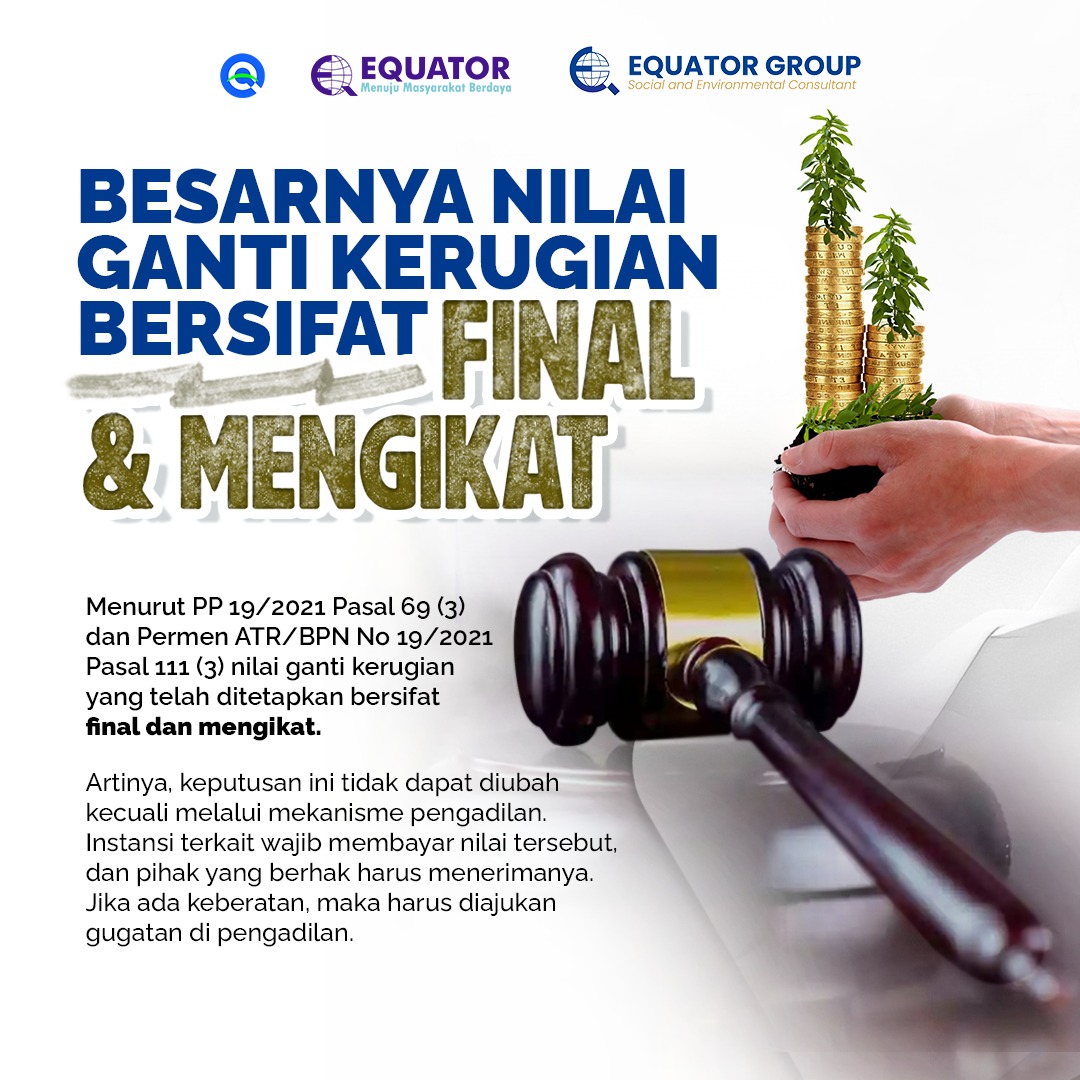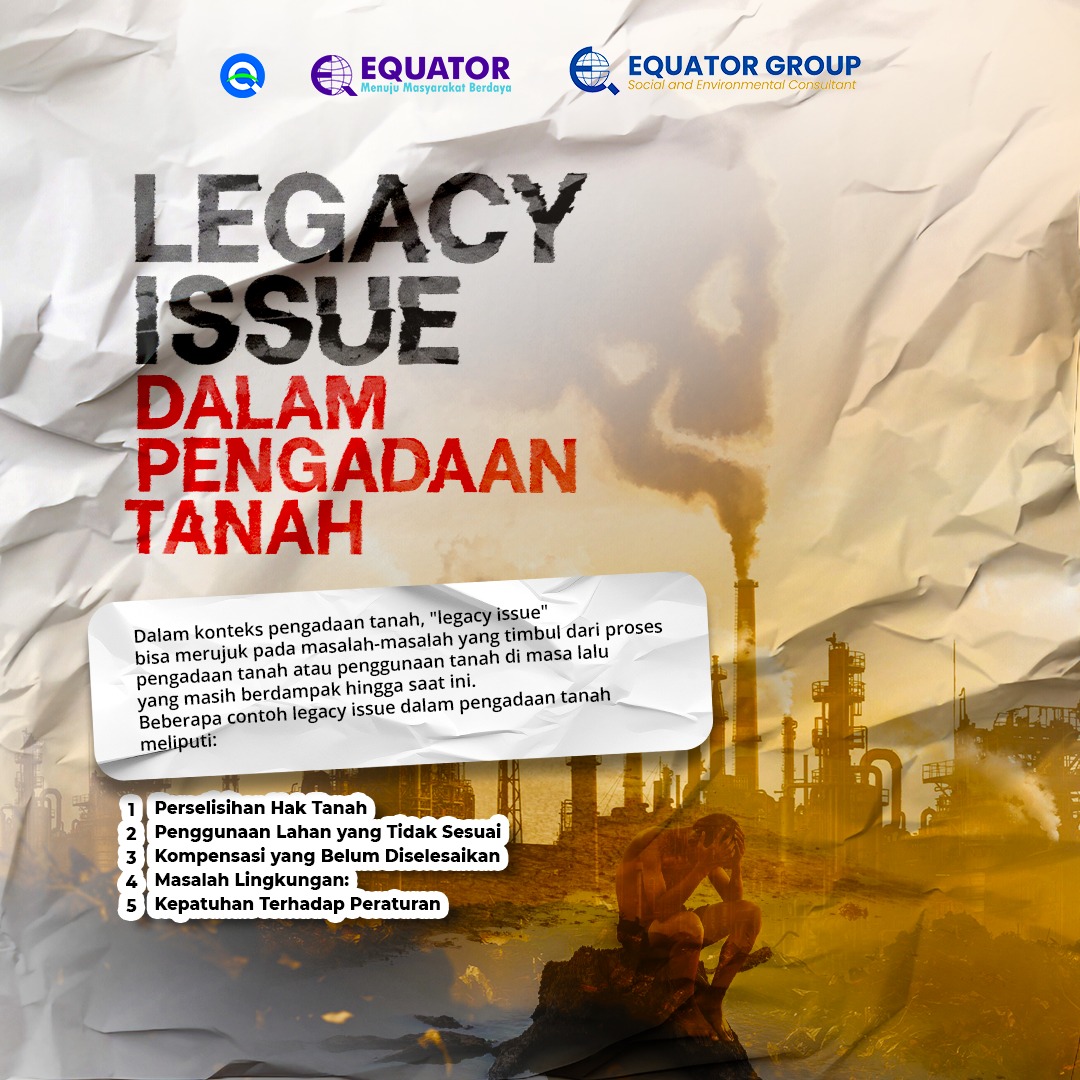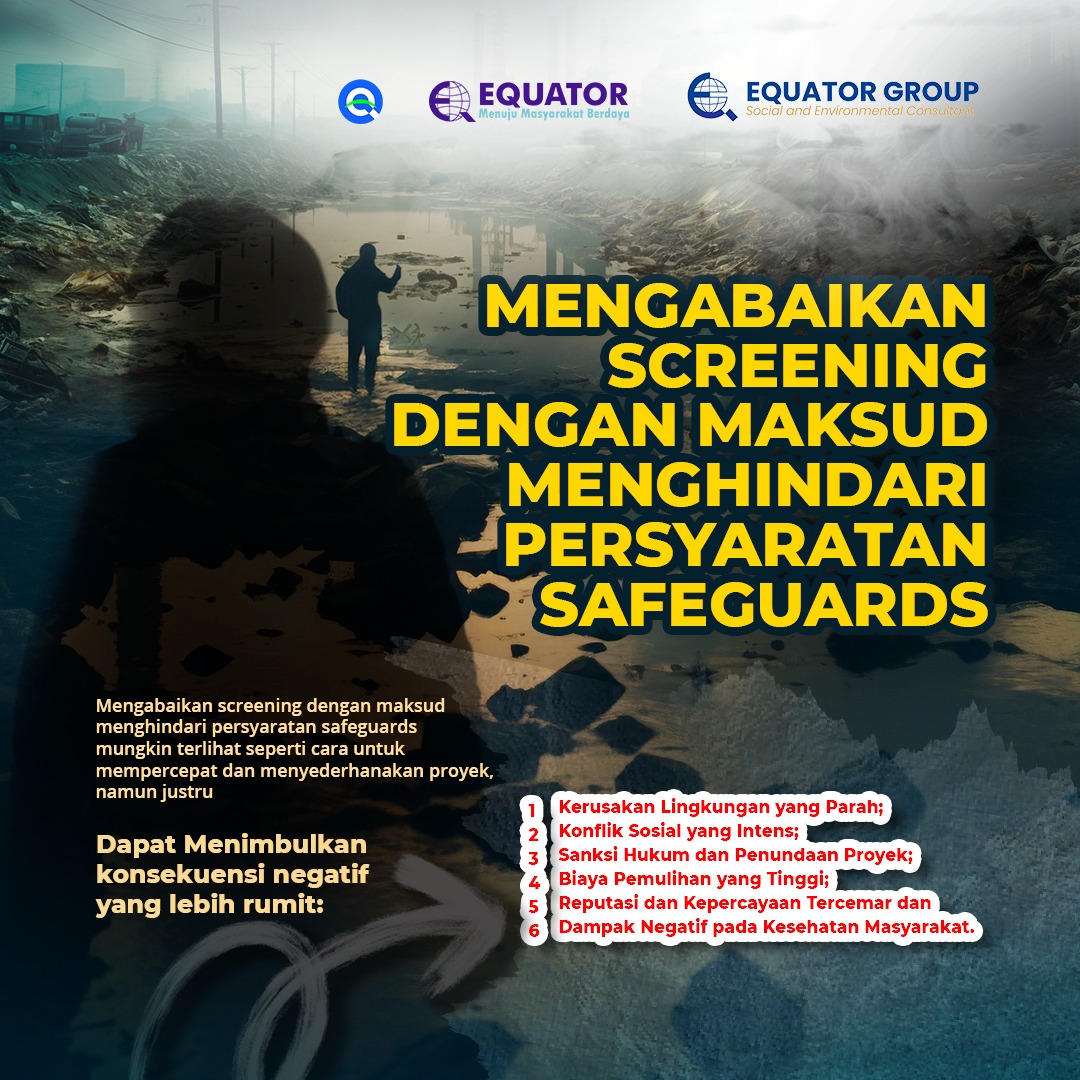



Land Acquisition Procedure: Comprehensive Guide to Stages and Stakeholder Involvement

Land Acquisition Procedure: Comprehensive Guide to Stages and Stakeholder Involvement
Introduction
The process of land acquisition is a crucial step in various development projects, whether small-scale or large-scale. Understanding the intricacies involved in each stage and the stakeholders engaged is essential for ensuring a smooth and legally sound process. This article provides a detailed overview of the land acquisition procedure, from identification to release, and the roles played by the Land Acquisition Committee (Panlok), ATR/BPN (Ministry of Agrarian and Spatial Planning/National Land Agency), and the appointed Public Appraisal Office (KJPP).
Stages of Land Acquisition Procedure
1. Inventory and Identification
The first step in the land acquisition process involves inventory and identification of the land. The Land Acquisition Committee (Panlok), in collaboration with ATR/BPN, is responsible for this stage. The goal is to compile a nominative list detailing ownership and the status of the land earmarked for acquisition.
2. Land Valuation
Following the compilation of the nominative list, the next step is the valuation of the land. The appointed Public Appraisal Office (KJPP) assesses the land's value based on various factors such as location, condition, and potential use. Objective and transparent valuation is crucial in determining fair compensation for landowners.
3. Negotiation and Compensation Determination
The negotiation phase involves discussions between authorities and landowners to determine the form and amount of compensation. The aim of these negotiations is to reach a mutually agreeable settlement that ensures a smooth transition of land ownership without prolonged conflicts.
4. Land Release
Upon reaching an agreement, the final step is the release of the land. This involves the formal signing of documents by both parties and the payment of compensation as agreed upon. Land release marks the completion of the land acquisition process, enabling development projects to proceed.
Specific Procedures for Lands Below and Above 5 Hectares
For lands below 5 hectares, although following similar stages, the formation of a Land Acquisition Committee (Panlok) is necessary to ensure compliance with regulations. Meanwhile, for lands above 5 hectares, the formation of Panlok is determined by the governor, who may delegate authority to the regent or mayor. However, in the case of small-scale land acquisition, Panlok can be directly appointed by the local regent or mayor without waiting for delegation from the governor, expediting the land acquisition process.
Conclusion
The land acquisition process involves multiple stakeholders and well-structured stages. From inventory and identification by Panlok and ATR/BPN to land valuation by KJPP, negotiation for compensation, and finally, land release, each stage must be conducted transparently and fairly. Understanding this process is crucial for the smooth implementation of development projects and ensuring the protection of landowners' rights.
With this knowledge, stakeholders can effectively navigate the land acquisition process, supporting sustainable development and benefiting all parties involved.







